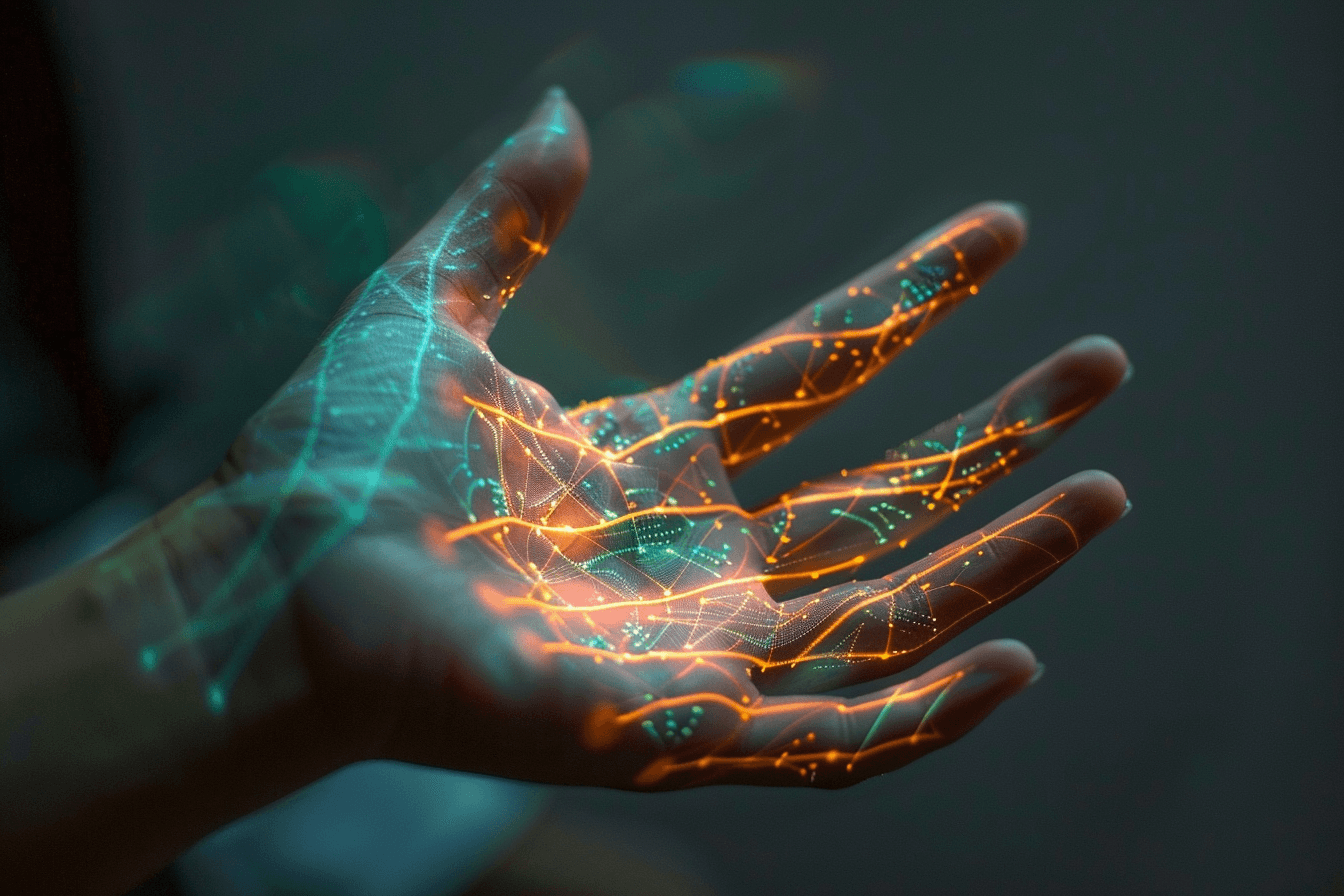Palmistry, or chiromancy, is an age-old practice that analyzes the lines and features of the hand to uncover insights into an individual's character, fate, and life path. But how do these lines form, and what role does genetics play? This blog post explores the fascinating connection between genetics and palm lines, providing a deeper understanding of how our unique handprints are crafted and their significance in palmistry. Understanding this connection enriches the practice of palmistry and highlights the intricate ways our genetics influence even the smallest details of our physical being.
The Role of Genetics in Palm Line Formation
1. Genetic Blueprint: The Foundation of Palm Lines
Our genetic code is the blueprint that dictates many aspects of our physical appearance, including the lines on our palms. Just as genes determine our eye color and height, they also influence the formation of palm lines.
DNA Influence: The formation of palm lines is encoded in our DNA, which guides the development of our skin's creases and folds during fetal development.
Hereditary Patterns: Certain palm line patterns can run in families, indicating a genetic link that passes from one generation to the next.
2. Embryonic Development: Where Palm Lines Begin
The development of palm lines starts early in the womb. By the time a fetus is around 12 weeks old, the primary lines—heart line, head line, and life line—begin to form.
Heart Line: This line, which runs horizontally across the upper part of the palm, starts to take shape and is believed to reflect emotional health and relationships.
Head Line: Located below the heart line, the head line represents intellect and thought processes.
Life Line: Encircling the base of the thumb, the life line is associated with vitality and life path.
How Genetics and Environment Interact
1. Genetic Predispositions
While genetics lay the groundwork for palm line formation, the exact patterns are unique to each individual, much like fingerprints. This uniqueness is due to the intricate interplay of genetic predispositions and environmental factors.
Unique Patterns: No two people have identical palm lines, even identical twins. This uniqueness highlights the complex nature of genetic expression.
Family Traits: While the exact patterns differ, certain traits such as the prominence of specific lines can be observed within families.
2. Environmental Influences
In addition to genetics, environmental factors during fetal development also play a crucial role in shaping palm lines. Movements of the fetus, pressure within the womb, and other factors can influence the depth and curvature of the lines.
Fetal Movements: The natural flexion and extension of the hands in the womb help define the creases that become palm lines.
Pressure and Positioning: Variations in pressure and positioning within the womb can lead to slight differences in line formations.
Palmistry: Interpreting Genetic Blueprints
1. Reading the Major Lines
Palmists interpret the heart line, head line, and life line to provide insights into various aspects of an individual's life. These interpretations are believed to reflect both genetic predispositions and personal experiences.
Heart Line: Indicates emotional stability and relationships.
Head Line: Reflects intellectual pursuits and decision-making abilities.
Life Line: Suggests overall vitality and significant life changes.
2. Minor Lines and Their Significance
Apart from the major lines, palmists also consider minor lines such as the fate line, sun line, and mercury line. These lines offer additional insights and are thought to be influenced by both genetic and environmental factors.
Fate Line: Often linked to career and life path.
Sun Line: Associated with creativity and success.
Mercury Line: Pertains to communication skills and business acumen.
The formation of palm lines is a fascinating interplay of genetic blueprints and environmental influences, resulting in unique patterns for each individual. By exploring the genetic connection, we gain a deeper appreciation of palmistry and its ability to provide personal insights. Understanding that our palm lines are not just random creases but are influenced by our genetic code enriches the practice of palmistry and enhances its relevance in our lives.

